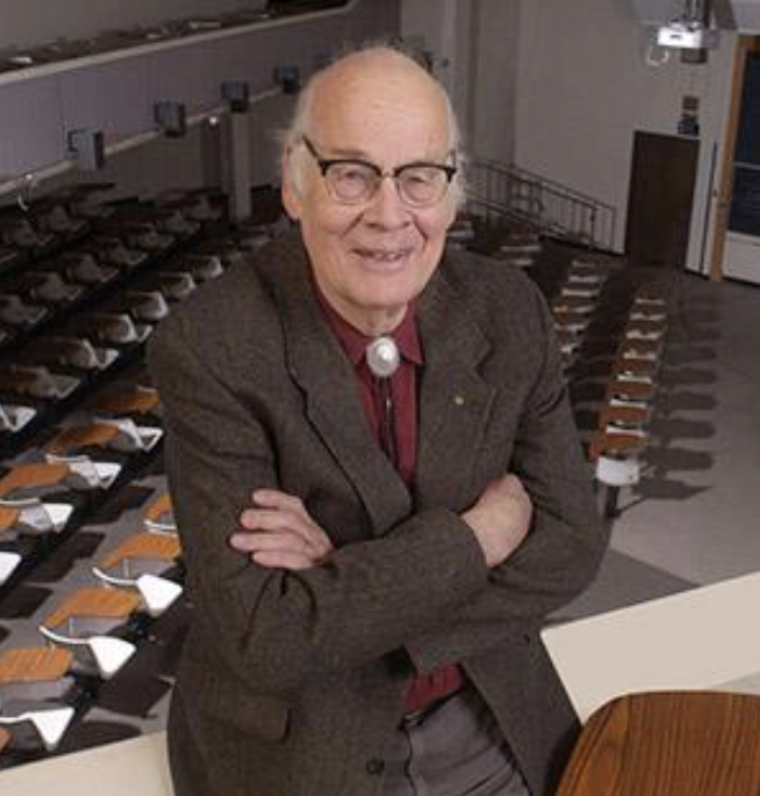This is based on the increase in the number of foreign-born residents and their U.S.-born children in Colorado, whether they came directly from another country or first settled in another state. Because births to foreign immigrants would not have happened in Colorado if not for the foreign migration, those births are counted in growth related to international migration.
The pie chart above is based on an analysis of the public use files of the 2017 American Community Survey (ACS) and the 1999 and 2017 Current Population Survey Annual Social and Economic Supplements (CPS ASEC).
Our estimate of immigration’s impact on Colorado population growth between 1982 and 2017 is based on an analysis of the public use files of the 2017 American Community Survey (ACS) and the 1999 and 2017 Current Population Survey Annual Social and Economic Supplements (CPS ASEC). It is well established that these Census Bureau surveys capture both legal and illegal immigrants. The ACS and CPS identify immigrants (also called the foreign born) and ask what year they came to the United States. We use the ACS to measure the number of immigrants living in Colorado who entered in 1982 or later. In addition to identifying immigrants and their year of arrival, the CPS also asks each respondent the birthplace of their parents, allowing us to measure the progeny of post-1982 immigrants in the state.
The 2017 ACS shows 466,000 immigrants living in Colorado who arrived in the country in 1982 or later. This number has been adjusted to exclude half of those who indicated in 2017 that they arrived in the year 1982. This is necessary because the ACS and the population estimate on which overall state population growth is based reflect the population on July 1 of each year. However, the ACS measures immigrant arrivals by calendar year. In addition to immigrants who arrived in 1982 we also find based on 2017 CPS ASEC that there were 125,000 U.S.-born children (under age 18) of post-1982 immigrants in the state. (We exclude those with only an immigrant father to avoid double counting.) As these children still live with their parents, estimating their number is straightforward.
To estimate the number of U.S.-born adults in 2017 with post-1982 immigrant parents, we use the 1999 CPS ASEC. In 1999 these individuals were still minors and lived with their immigrant parents. In 1999, 51 percent of second-generation children born 1982 to 1999 with a foreign-born mother were the child of a parent who came in 1982 or later. The remaining U.S.-born second-generation Americans in this age group were born to immigrant parents who arrived prior to 1982. Applying this percentage to the adult children of immigrants 18 to 35 in 2017 means there were 60,000 U.S.-born adult offspring of post-1982 immigrants in Colorado.
Finally, we find that there were 22,000 minor children with second generation parents who are 15 to 35 in 2017. These second-generation parents are old enough to have a child, but young enough to have been born to a post-1982 immigrant. We again assume that 51 percent of these second-generation parents are the offspring of a post-1982 immigrant giving us an estimated 11,000 U.S.-born grandchildren of post-1982 immigrants in Colorado in 2017.
In sum, we estimate there were 662,000 post-1982 immigrants, their children and grandchildren in Colorado in 2017. The state’s total population was 3,045,000 in 1982 and 5,617,421 in 2017. Immigration therefore accounted directly and indirectly for 26 percent of the 2,572,421 increase in Colorado’s population over this time period. Thus, 74 percent or about three-quarter of the state’s population growth was due to domestic (non-foreign) sources, namely natural increase (births minus deaths of the native-born) and interstate migration (net migration to Colorado from other states).



